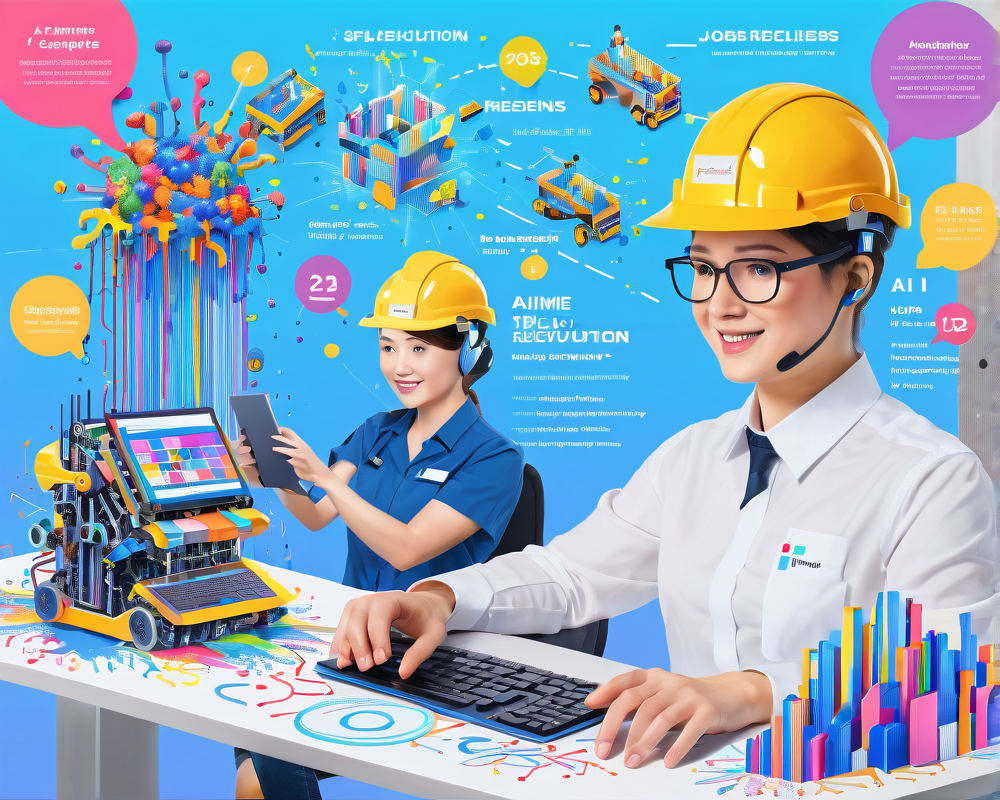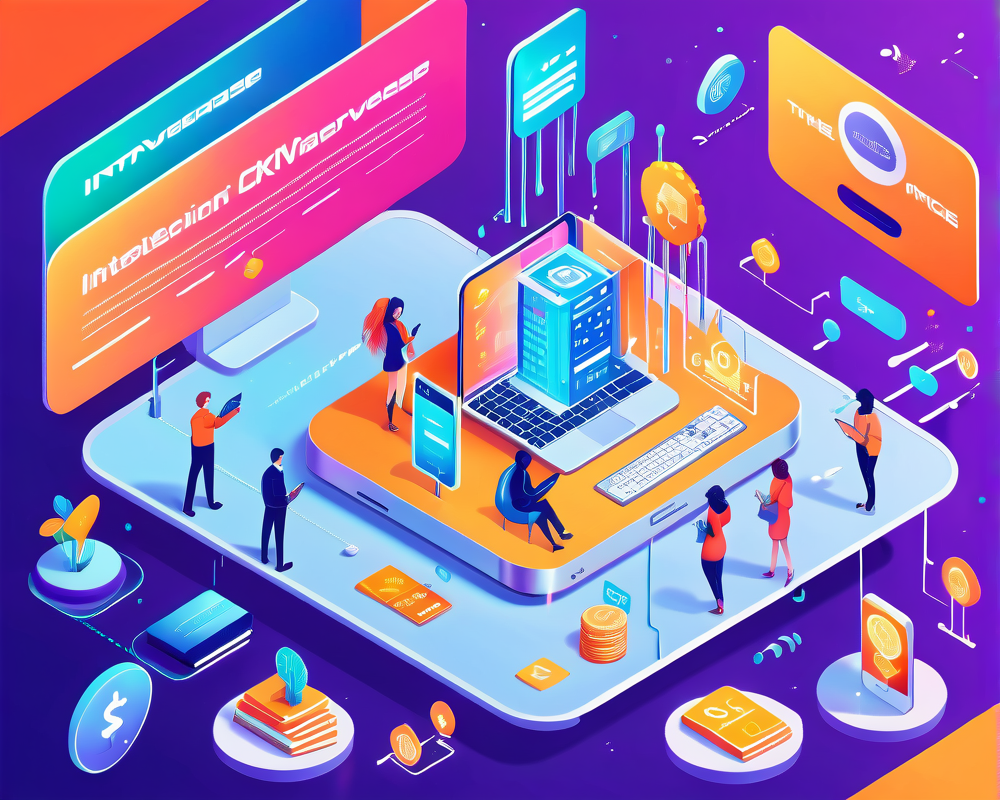The Double-Edged Sword of AI: Jobs Lost and Jobs Created
Let’s face it, artificial intelligence (AI) is like that friend who doesn’t stop talking about their New Year’s resolutions. Sure, they might motivate you to hit the gym, but they also might accidentally make you feel bad about enjoying a pizza. Similarly, AI has the potential to displace jobs in the short term while also creating new opportunities long-term. Whether you’re in tech, agriculture, or arts, the keyword here is adaptability.
The Productivity Prodigy
One of the fantastic things about AI is how it enables employees to become supercharged versions of themselves. Imagine having a personal assistant who never sleeps, never eats pizza, and always has the answers at their fingertips. With AI providing data insights in real-time, employees can enhance performance and make better decisions. This enhancement could lead to a world where creativity flourishes, allowing us to collaborate with AI to produce mesmerizing art, music, and literature—think of it as a very tech-savvy paintbrush.
New Opportunities in Cybersecurity
While some job markets may shrink, others balloon like a birthday balloon in the hands of a 5-year-old. A significant growth area is cybersecurity. With AI helping companies identify threats before they become a full-blown crisis, roles like AI-specialized cybersecurity experts will be needed more than ever. As they say, where there’s danger, there’s also job security (and probably some very intense coffee).
Innovating Old Industries
AI doesn’t just bring new jobs; it also transforms existing roles. Take customer service, for example. Rather than being bogged down with routine inquiries (who wants to waste a beautiful afternoon answering where the bathroom is?), AI chatbots handle that while humans step in to tackle the more complex tasks. And don’t get me started on how much fun it would be to program these chatbots with quirky personalities!
Farming in the Future
Even the agricultural sector isn’t safe from the march of AI. Forget your granddad’s trusty tractor; now we’ve got drones and robots. Take, for example, AI systems that can target weeds without using harmful chemicals. It’s like having a superhero in the field—Blue River Technology’s See & Spray, anyone? The demand for roles in precision agriculture will soar, combining tech with the rich soil of our earth.
Addressing the Concerns Head-On
Now, before we start popping the confetti, it’s crucial to air out some worries about AI job displacement. There’s genuine fear around losses in traditional sectors. It’s like being at a party where the cake looks delicious, but someone just spilled soda all over it. To tackle these concerns, a multi-pronged approach is necessary. Policymakers, educators, and business leaders must unite to boost the workforce’s adaptability through education in STEM fields and infrastructure investment.
Conclusion: Embrace the Change
AI is here to stay, whether we like it or not. Rather than cowering in fear at the prospect of unemployment, it’s time to embrace the change. With the right investments and educational efforts, our transition into an AI-rich future can be a blockbuster success rather than a horror movie.




